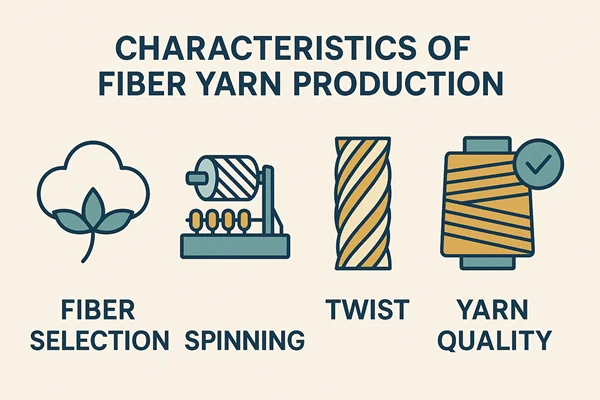Importance of Employee Training in Textile and Apparel Workplace
Training is imparting theoretical & practical knowledge to an employee or a group of employees in the Textile and apparel industry so that they can learn a method, technique, or technology, a system of knowledge, etc, which are essential for accomplishing their work at the workplace with maximum value addition. Training can disseminate a new method or technique or technology, or a new system of knowledge or innovation to the employees. This article presents the Importance of Employee Training in the Textile and Apparel Workplace.
With training, employees can accomplish their job easily, quickly, and skillfully at the right pace and desired quality in textile and apparel. In this modern era, theories, concepts, knowledge, etc., are undergoing profound changes as well as expansion, and as a result, machines and technologies are also changing very quickly. The practical On-the-Job Training (OJT) is also very helpful.

Without assimilating these changes in theories and technologies, an organization becomes obsolete and ineffective from the viewpoint of productivity, quality, and efficiency. It cannot reduce production cost or enhance organizational effectiveness so it loses its competitive edge. As a result, it loses ground to the competitors.
Why is Training Important for Employees in the Textile and Apparel Workplace?
The practical On-the-Job Training (OJT) essentially increases productivity, quality & organizational performance. Frederick Taylor, known as the father of the time & motion study, mentioned that training was a tool of improving productivity and as an element of his famous scientific management espoused as early as 1911.
All of the TQM or total quality management gurus after the Second World War singled out employee training as one of the most important tools of enhancing organizational effectiveness & productivity.
All of the major management systems now employed in business & industry, including ISO 9000.2000, TQM, etc., place enormous emphasis on training as a tool of improving productivity & organizational effectiveness. So, each and every factory must institute continuous training as a means of developing required manpower & effecting continuous improvement in all spheres of work.
Training can serve a large number of purposes in the Textile and apparel industry. Some key purposes are pointed out below:
- From the viewpoint of employees, training meets the following purposes:
- Training imparts skill & workmanship to an employee.
- As he earns efficiency, his career prospect widens.
- He quickly wins a higher increment & promotion at the workplace.
- His prospects for getting job satisfaction increase.
- He wins respect & admiration from the colleagues & management as he has more skill 7 workmanship & delivers more service to the organization.
- As he is satisfied at the workplace, wins respect & admiration, he gets personal growth, he feels little concern for migration to the other factories.
What are the Benefits of Training Employees in an Organization like Textile and Apparel?
From the viewpoint of management, employee training plays the following parts:
- Training imparts skill 7 workmanship, so it helps achieve higher organizational productivity & efficiency.
- Training brings in new methods, concepts like work-study, ISO 9000.2000, compliance, ISO 14000, etc., into the organization and infuses new vitality in the enterprise.
- Learning Opportunities of Quality Improvement Methods in the Apparel Industry.
- Training also entails knowledge of operating and handling new machines and technologies, and thus brings in higher productivity, efficiency, and competitive edge.
- Training on Sewing machine safety rules.
- Training of employees also leads to better quality, lower costs & organizational effectiveness.
- Training of employees helps to develop the necessary manpower with the required skills & efficiency.
- Management finds trained manpower suitable for personal growth & development.
- As the company provides training, the trainees feel a sense of loyalty to the organization.
- Continuous training continuously compensates for migration & hence is a tool for controlling employee turnover.
- Trained manpower has more potential of being motivated. So, continuous training continuously feeds motivation to the organization. Motivated manpower is an essential element of high productivity & better organizational performance.
- Training on ergonomics, method study.
Precision, speed, quality, and product safety are vital in the textile and apparel industry. Training, therefore, becomes a necessity and not merely an asset. Continuous training helps the organization remain competitive and improves product performance while developing a highly skilled, motivated, and safety-conscious workforce. That’s all the Importance of Employee practical Training in the Textile and Apparel Workplace.



